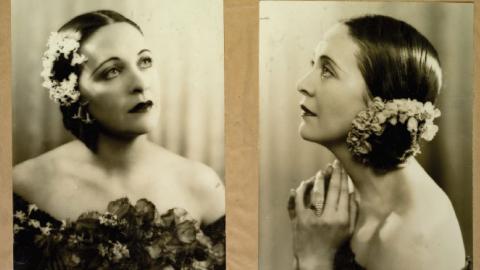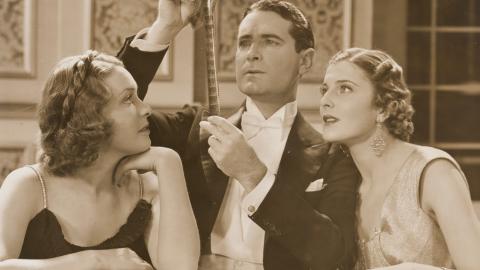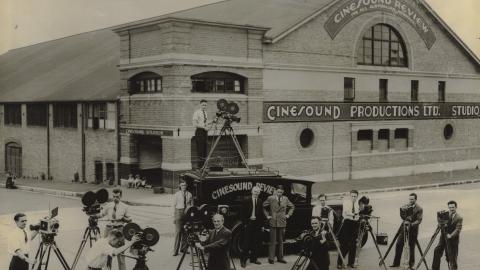
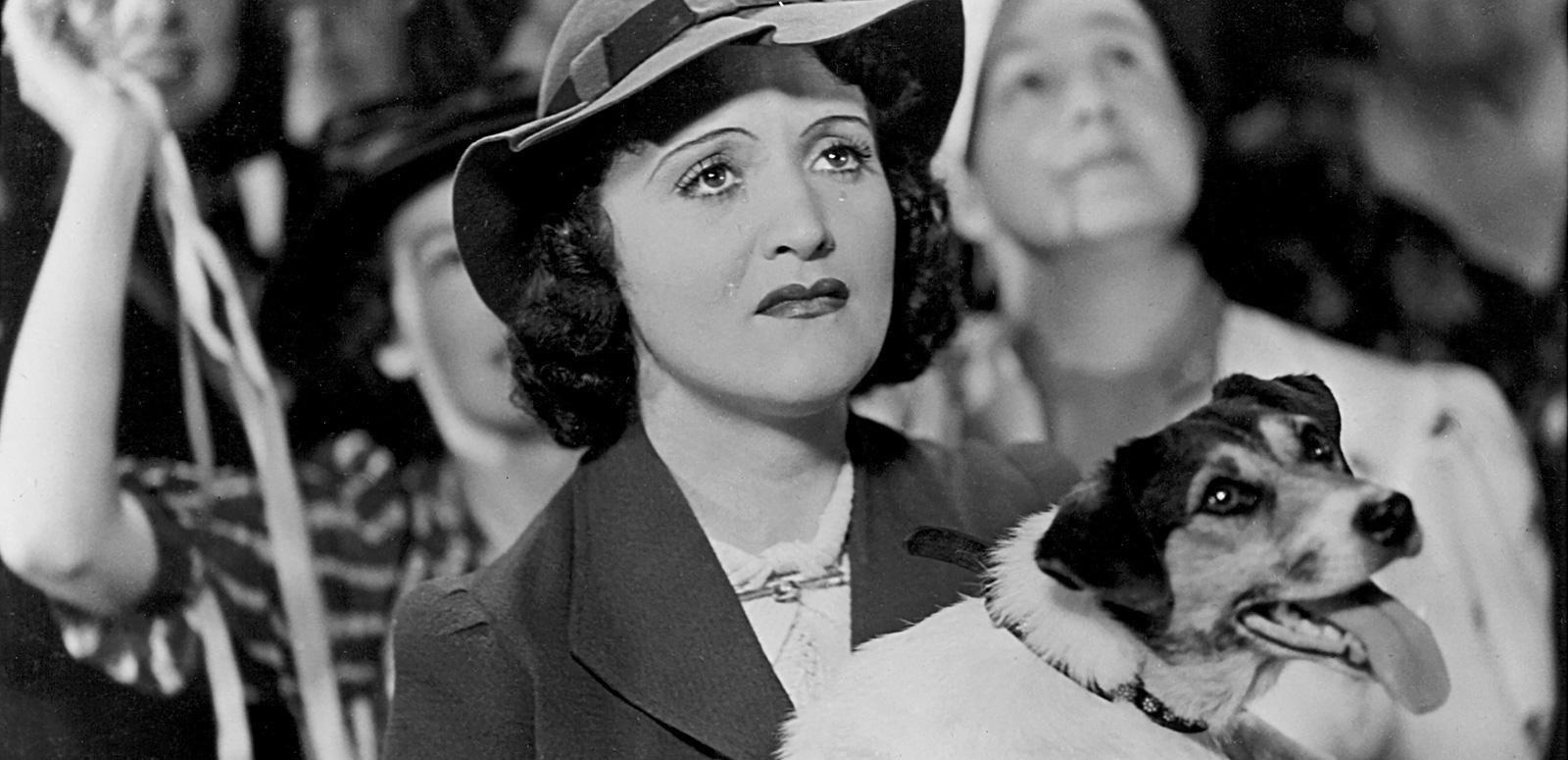
Casting Diana Du Cane
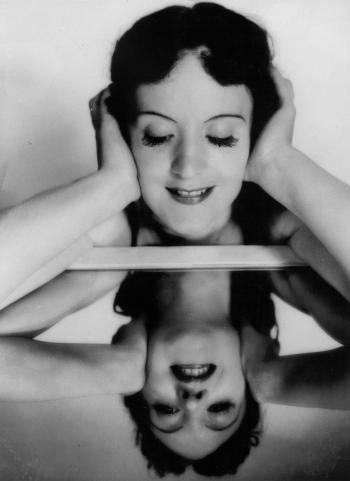
Diana Du Cane's granddaughter Rachael responded to our call-out for information on actors featured in the 1930s Cinesound casting books. Diana’s photograph appears in the casting books along with over 1500 applicants hoping to make it big in the local film industry, drawn to Ken G Hall’s dream of a ‘little Hollywood’.
Known fondly by her grandchildren as ‘Ga-Ga’, Diana came to Australia at the age of 26, invited by JC Williamson to appear in his musicals. Before her Cinesound debut in Ken G Hall's The Broken Melody (1938), she was an accomplished musical theatre star and radio player. She also had her portrait taken by the famous Australian photographer Max Dupain.
The Broken Melody was one of the last melodramas directed by Ken G Hall, who focused on comedies in later films. In this film his admiration for the work of Frank Capra is notable in the use of fast, snappy dialogue, particularly among the supporting cast.
From stage to screen
More accustomed to performing on radio and the stage, Diana said she felt ‘quite at home’ making her screen debut in The Broken Melody.
In the clip below, Diana Du Cane (playing Ann Brady) makes a dramatic entrance at the top of a staircase on stage to sing an aria. As she descends the stairs, conductor John Ainsworth (played by Lloyd Hughes) finally realises she is the lost love for whom he vowed to write the very opera she is now performing:
Diana Du Cane as Ann Brady in a scene from The Broken Melody, 1938. NFSA title: 7580
In terms of making her first film, Diana admitted to being surprised by ‘the shortness of what they called takes. It is more difficult to sustain a mood when a scene is broken up into short takes with sometime long waits … for lights, moving camera and other necessary adjustments.'
She was also surprised by the difference in make-up between screen and stage: ‘I have always done my own make-up on stage but one of the studio men now helps me so that the right effect is obtained. Much more attention to appearance is required for the screen, especially in regard to details such as eyelashes, eyebrows, lips and hair.'
A brief encounter with Noël Coward
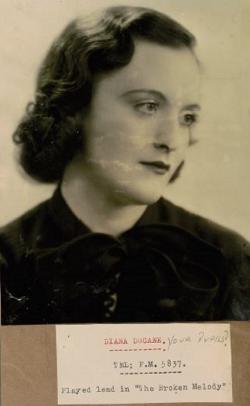
Diana eventually moved to the Tasmanian town of Oatlands to support her husband Ian Gibson, who she met in 1935. In a Sydney interview in June 1938, Diana recalled how she found romance and marriage in ten short days while sailing to New Zealand with the Yes Madam company.
She met Ian on board, accounting ‘for the artist’s unshakeable belief in love at first sight’.
They married at St Luke’s Church a week after their arrival in New Zealand. She recalled that, ‘Neither bride nor groom who came straight from rehearsal at the theatre thought of a bouquet. But the best man did. He purchased some tulips … and there were no parents to stage a reception. But the clergyman and his good wife saw to that.'
They were separated shortly after the reception when the bridegroom went to England for work and she fulfilled her theatrical obligations, which included the shows Yes Madam and Jill Darling. They were eventually reunited over six months later!
Her stage and radio career continued in Tasmania. Diana’s daughter Carol recounts that, during the Second World War, the Red Cross organised a travelling show to Tasmania with Noël Coward. Diana played the lead role in the supporting play and, while they were never formally introduced, they saw each other quite regularly.
At a farewell party, the hostess insisted on introducing Diana to Noël. The star replied in his 'inimitably high camp manner to his highly respectable and then highly shocked hostess – "My dear, we’ve been practically living together!"'.
The Cinesound casting books feature in the Starstruck: Australian Movie Portraits exhibition. Explore more of the casting books on the Starstruck: Australian Movie Portraits website.
A National Film and Sound Archive and National Portrait Gallery exhibition supported by the National Collecting Institutions Touring and Outreach Program, the Starstruck exhibition will next be presented by Samstag Museum of Art, 14 September – 30 November 2018.
The National Film and Sound Archive of Australia acknowledges Australia’s Aboriginal and Torres Strait Islander peoples as the Traditional Custodians of the land on which we work and live and gives respect to their Elders both past and present.
